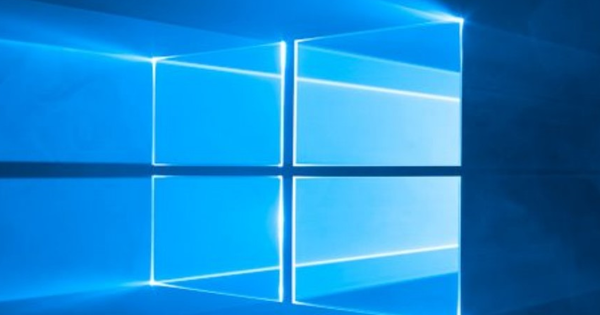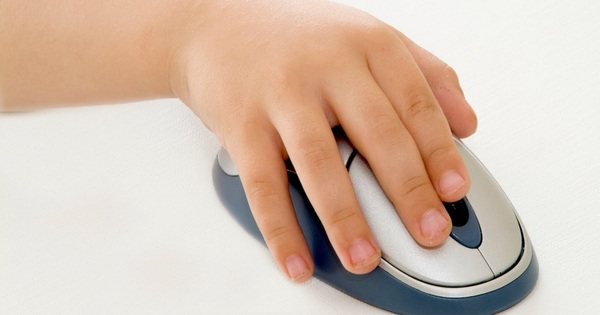Is your PC no longer working properly? Then there are various options to get your computer back on track, but if all these options do not work, you can use a last resort by resetting your PC. What does this mean and what exactly happens when you use this option?
What is Windows 10 Reset?
In Windows 8, you could choose to reset or refresh your PC if you had serious operating system problems. In Windows 10, these two options have been merged into a single tool: 'Reset this PC'. You can choose to keep your personal files or not, and then Windows will be installed from scratch. You start with a clean slate, even the bloatware like McAfee's virus scanner that manufacturers pre-install on many systems is no longer included in your Windows 10 installation.
The option can be found on the Advanced Boot Options screen, which you can access by pressing F8 while the computer is starting up before the Windows logo appears. This screen also includes the option to boot in safe mode.
If you prefer to start the procedure from Windows 10, you can go to Settings / Update & Security / System Restore go and under the header Reset this PC on the button To work click.

When should you reset your PC?
You should consider "Reset this PC" as a last resort. Have you tried serious computer problems and everything to solve them to no avail? Does it look like the issues are operating system related? Then it's time to consider this option.
Because using this option has quite a few consequences and requires extra work, it is not a good idea to use "Reset this PC" if there may be another solution or if it does not appear that you are solving problems with Windows yourself. have to make.
In this article, we'll go through some common issues in Windows 10. For example, we'll dive into your PC's Reliability History, explain how to use the Task Manager, and where to find a log of every error and action Windows found.

What happens when you use Reset this PC?
If you use 'Reset this PC', all programs you have installed will be removed. You can choose to keep your personal files (always make a backup first just to be sure), but Windows itself will be installed from scratch. You will then have to reinstall all your programs - something that can take quite some time.
When 'Reset this PC' has started, you can choose from the following options: Keep my files, Delete everything and in some cases Factory reset. Depending on the choices you make, the whole process will take a few minutes to several hours.
If you Keep my files choose, Windows 10 will be reinstalled while keeping your personal files and any software that came with the computer. Your settings and your own installed programs and drivers will be removed.
What happens when you use 'Delete all'?
If you Delete everything chooses, Windows 10 will be reinstalled while retaining any software that came with the computer. Your personal files, your settings and your own installed programs and drivers will be removed. This is the option to choose if you want a clean Windows 10 installation. If you want to get rid of or sell your computer, it's a good idea to choose this option and have the hard drive completely erased. This process takes longer but is a lot safer.
Some computers offer the option Factory reset. This will restore the computer to the state it was in when you bought it. Because your computer may have come with an older version of Windows than the one you are currently using, you may end up with an older version. Windows will be reinstalled while keeping any software that came with the computer. Your personal files, your settings and your own installed programs and drivers will be removed.

